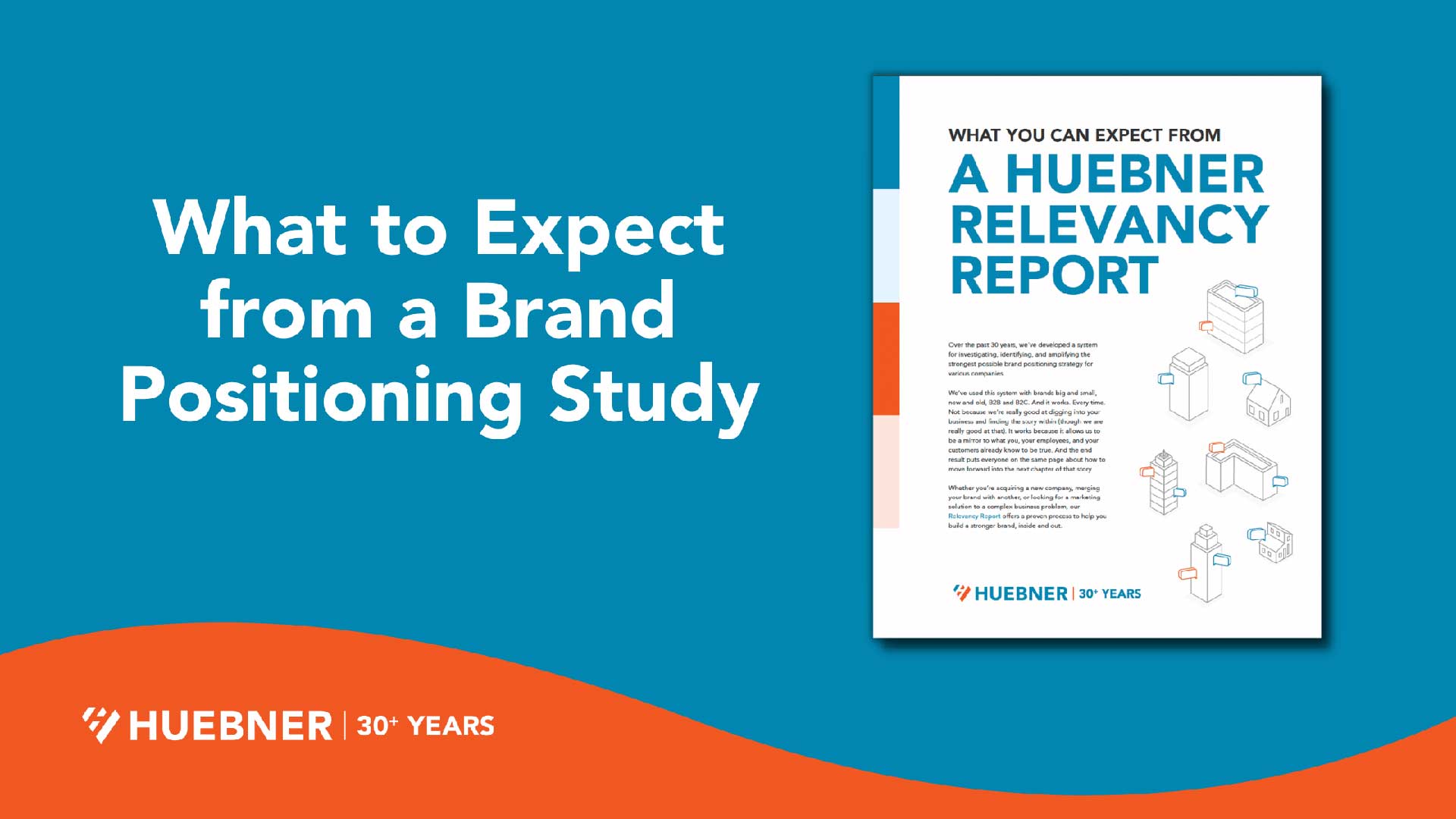
A Recipe for (Re)Positioning
This is blog post number three in a seven-part series that unpacks the key questions we encourage brands to ask when evaluating their brand relevancy.
In this article, we address: “Do we know for a fact that the way we’re positioned in the marketplace is the best, most lucrative positioning strategy for our brand?”
This Thanksgiving, as I baked and/or ate a number of tasty treats, I was struck by the unassuming star of the show: baking soda. Not only does my little box of Arm & Hammer help my cookies and cakes rise just right, but it’s also an amazing example of a brand that has maintained relevancy by repeatedly re-positioning itself for a changing market.
A spoonful of soda
Arm & Hammer baking soda has been around since the mid-1800s when it was used primarily for baking. If you’ve ever used it in recipes, however, you’ll recall that a little goes a loooooong way.
To be precise, there are 76 teaspoonsful of baking soda in a standard, grocery-store-size box (16 oz.). You need about 1 teaspoon for a batch of 2 dozen cookies, so each box has the potential to bake almost 2,000 cookies. So even if you ate 6 or 7 cookies per day, every day, you’d only have to buy a new box of baking soda once per year.
At just 89 cents per box, that math just didn’t add up to huge sales, even with the most loyal customer base.
Thinking outside the box
In 1972, the company launched a campaign to reposition the way consumers thought about baking soda. They praised its deodorizing properties and recommended that consumers use a box to keep their fridge and freezer smelling fresh. They also implied the box would need to be replaced once a month!
By moving beyond baking, the brand conceivably shifted the per household purchase of baking soda up to about 13 boxes per year. And it worked. Sales rose 72% and kicked off an impressive run of sales growth of more than 300% from 1969 to 1975.
In the years that followed, Arm & Hammer continued to innovate, not in the product itself but in its positioning. They literally told consumers to buy the product and dump it down the drain.
The same odor-absorbing properties can help freshen up a stinky kitchen sink or loosen up a gnarly septic tank (recommended: 1 cup – along with vinegar and water – down the drain, once per week). Since then, of course, they’ve used the purifying power of baking soda to expand into every corner of the home, including toothpaste, laundry detergent, deodorant, and cat litter.
And they continue to see success. Annual growth is projected to increase more than 20% by 2027 – fueled in part by increased demand in the pharmaceuticals sector (stomach-acid reduction) and carbon emissions absorption (climate change initiatives).
Why we care
Beyond a great story for snacktime, Arm & Hammer’s positioning success reminds us that brands must remain open to repeatedly adjusting their own positioning strategy.
Sales can stop cooking when your product gets mired in a too-small niche. Your customers (and your team) may need help exploring new ways your brand can benefit them.
These questions might help get your wheels spinning:
- What do customers not know about your brand or product?
- Do you have secondary attributes no one usually thinks about?
- Are you being held back by a single-use or small niche market?
The answers may hold the key to unlocking new revenue streams and keeping your brand relevant and fresh for years to come.
Need help digging into these questions? We are experts in helping manufacturers identify what makes their brand most relevant to their customers. We’d love to talk.




